Google Pixel 8 series brings upgraded cameras, new object temperature feature
The Pixel 8 and Pixel 8 Pro are officially revealed, sporting all-flat screens, upgraded cameras and a host of new features
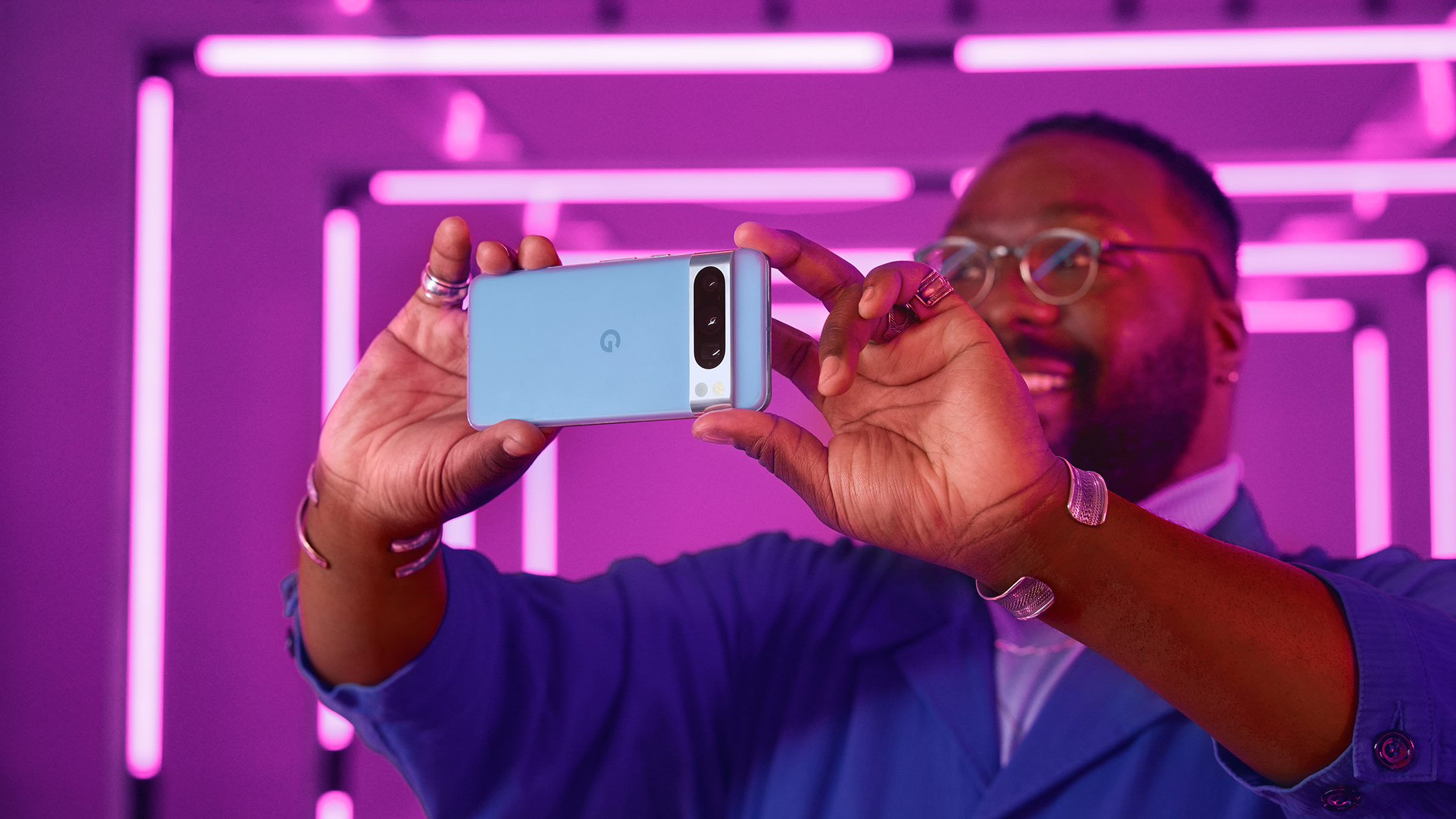
Google has officially revealed its latest Pixel 8 and Pixel 8 phones in full at its Made by Google event, this year hosted in New York, and the flagship pair bring upgrades galore to the series – which is widely regarded as being among the best Android phones that money can buy – including brighter screens, upgraded cameras, and for the Pro model there's a new Object Temperature feature.
Not that anything was much of a surprise: a major Pixel 8 and Pixel 8 Pro leak just over a week prior to the event had spilled the beans about both handsets in full, with surprise price increases being noted elsewhere (the US escaped that, though!). Not that I've been any less excited, however, as a long-time Pixel 7 Pro advocate – which I've compared to the new Pixel 8 Pro here – the Pixel 8 Pro, in particular, progresses Google's series forward.
Depending on how you think about screens, that is, as both Pixel 8 devices feature flat displays – yup, the curved edge panel of the earlier Pro model is now a design feature of the past – with both handsets able to boost to higher peak brightness levels: the Pixel 8 to 2,000 nits; the Pixel 8 Pro to 2,400 nits, making it the brightest Pixel device to date.
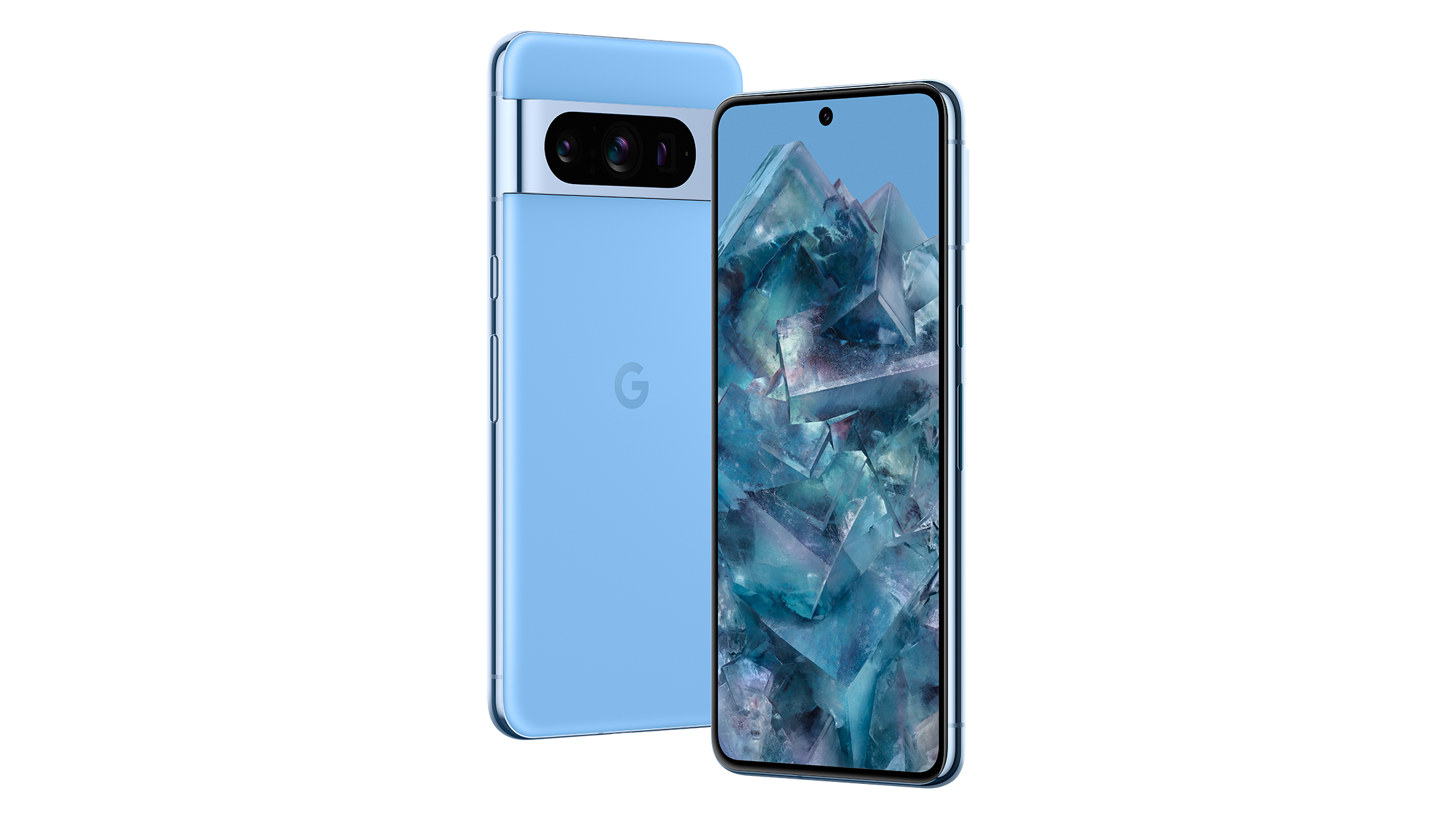

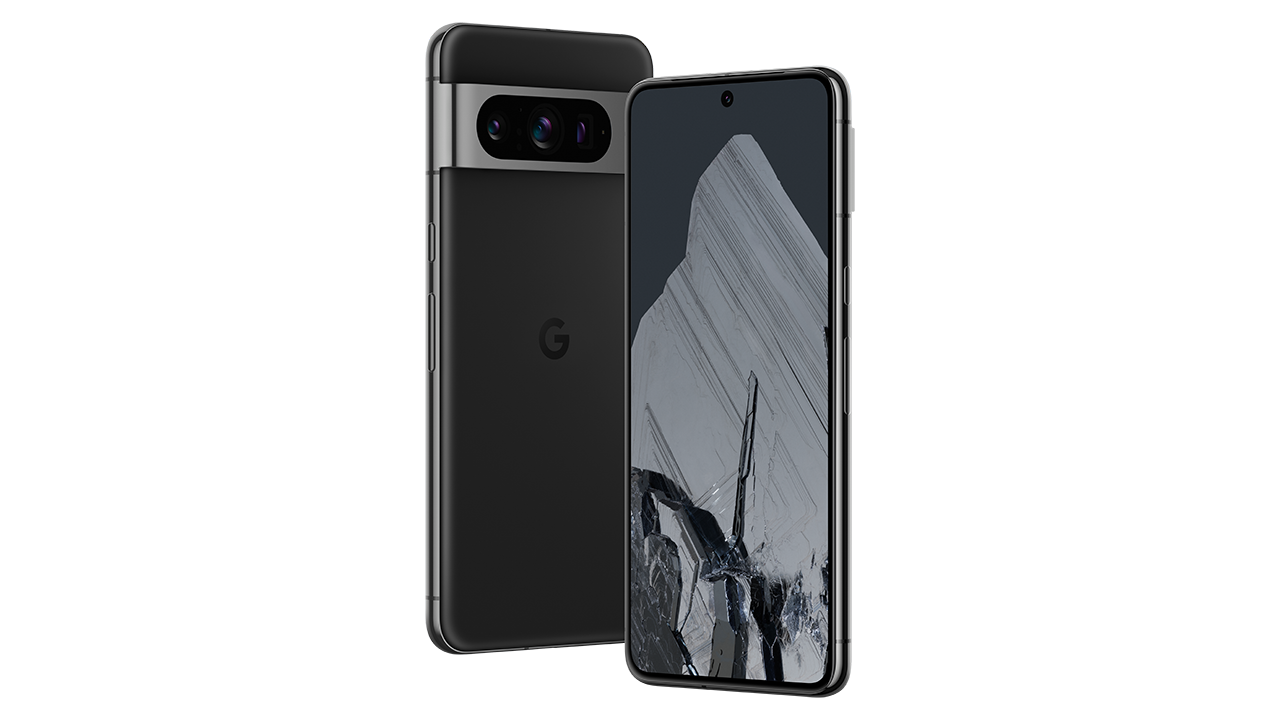
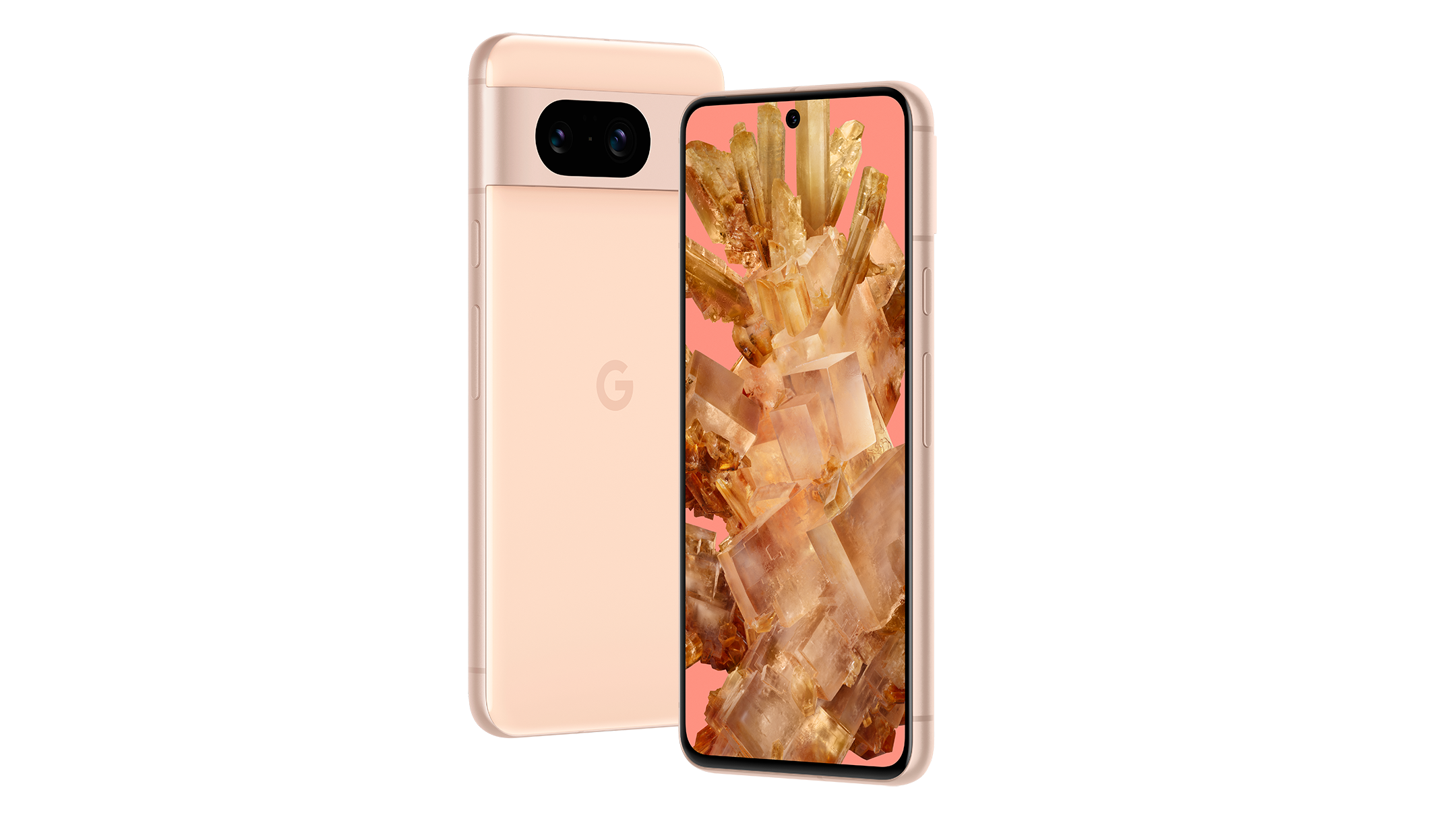
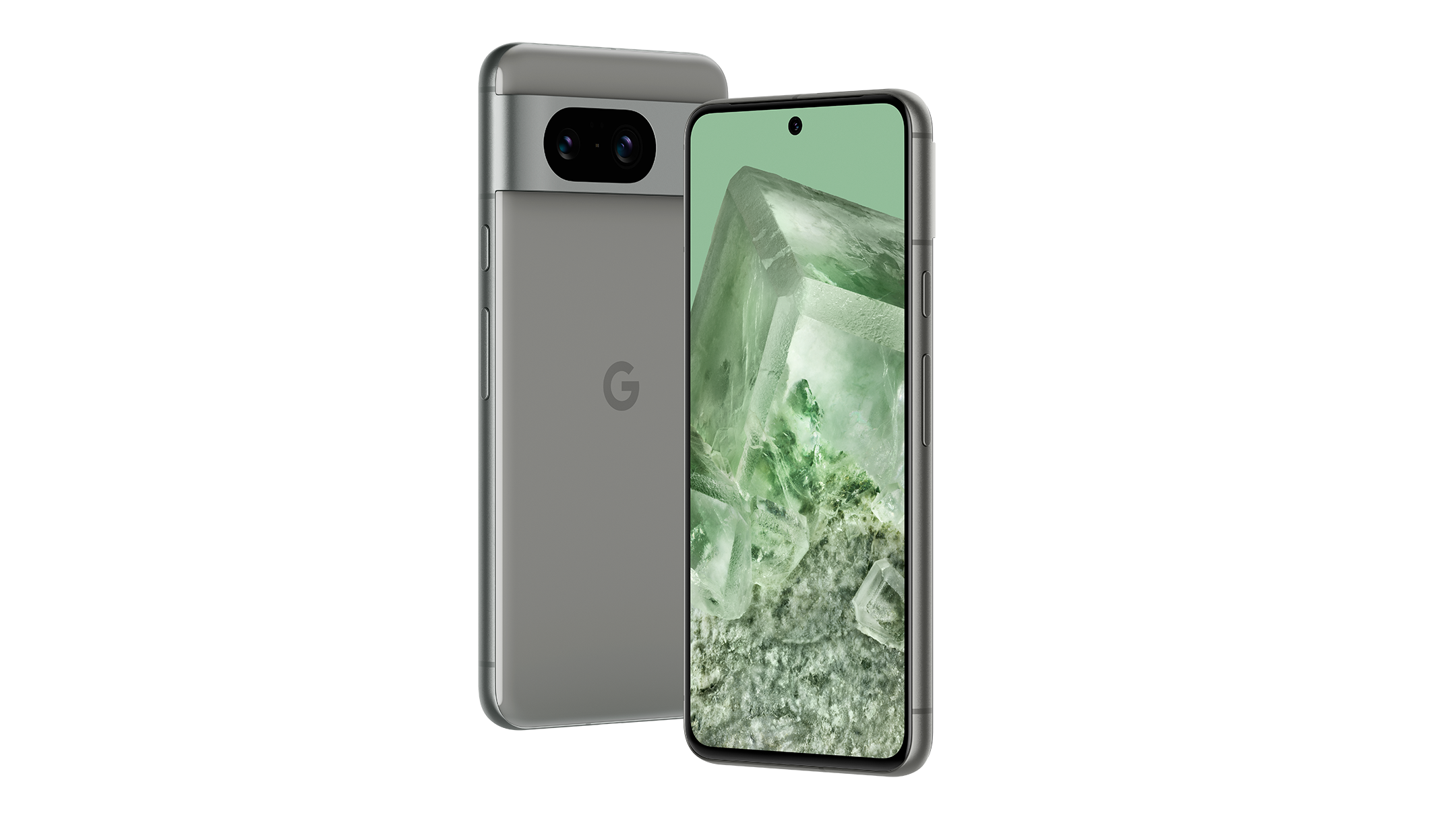
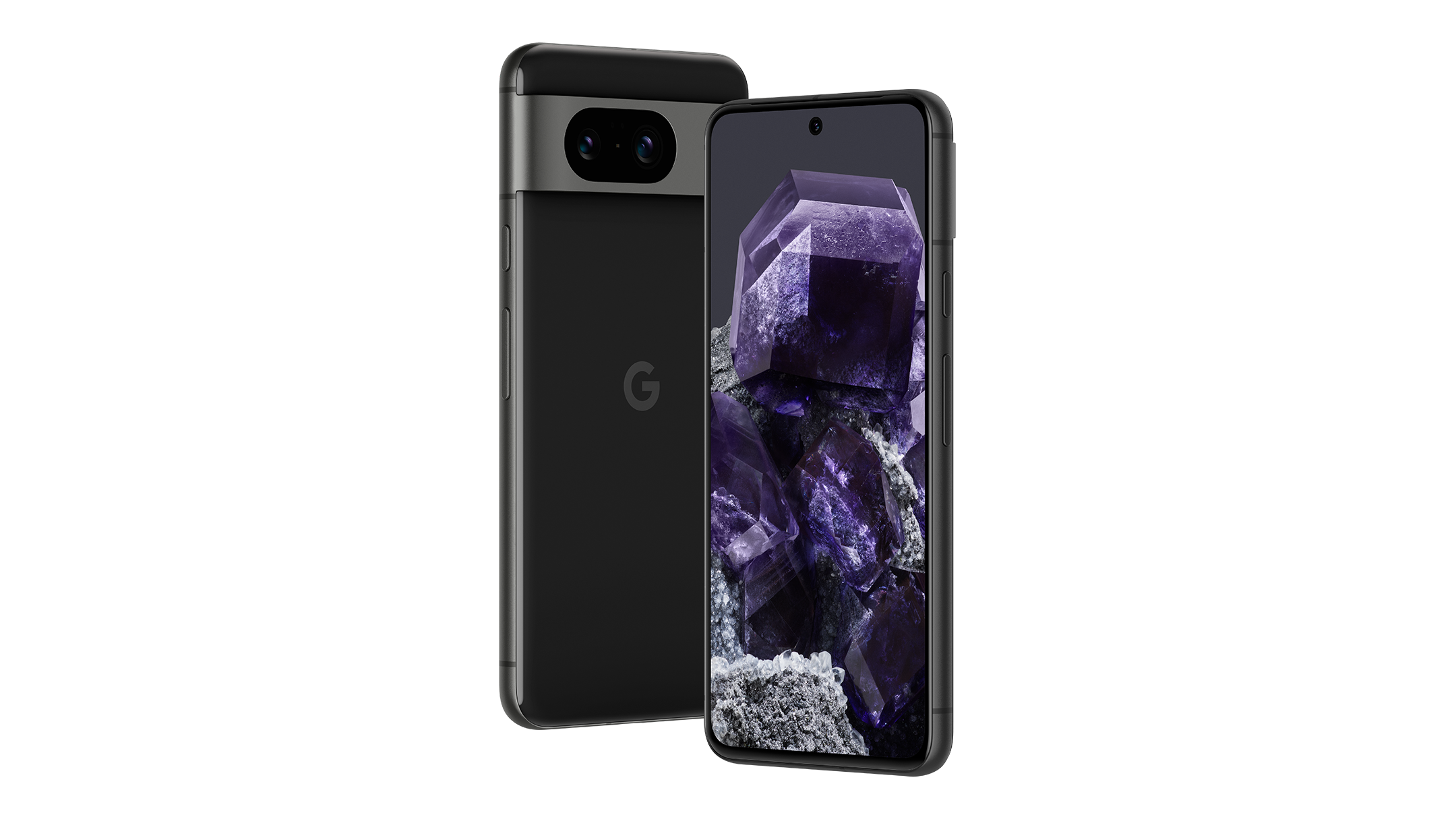
As noted in my comparison between Pixel 7 and Pixel 8 the smaller handset in the series – it's the 6.2-inch panel model, compared to the 6.7-inch panel of the Pro – has fewer upgrades generation-to-generation, with the Pro taking more accolades. Both do trim their screens' bezels, however, making for less blacked-out borders and a marginally smaller design footprint compared to their predecessors.
Both models bring the next-generation of Google's Tensor silicon, called G3, which is not only more proficient and powerful when it comes to compute and graphics, but there's a greater focus on the neural engine and artificial intelligence (AI) capacity. Indeed, AI and computational features are an increasing focus for Google and these Pixel handsets.
It's the Pixel 8 Pro that gains most benefit, though. Only the Pro model features the all-new Night Sight Video mode, which, like the well-established stills equivalent Night Sight mode, is able to computationally adjust exposures to lift them out of darkness without exhibiting considerable image noise. The Pro does this by leveraging its new G3 power, plus 12GB RAM (the standard Pixel 8 has 8GB only), and Google's cloud infrastructure too.
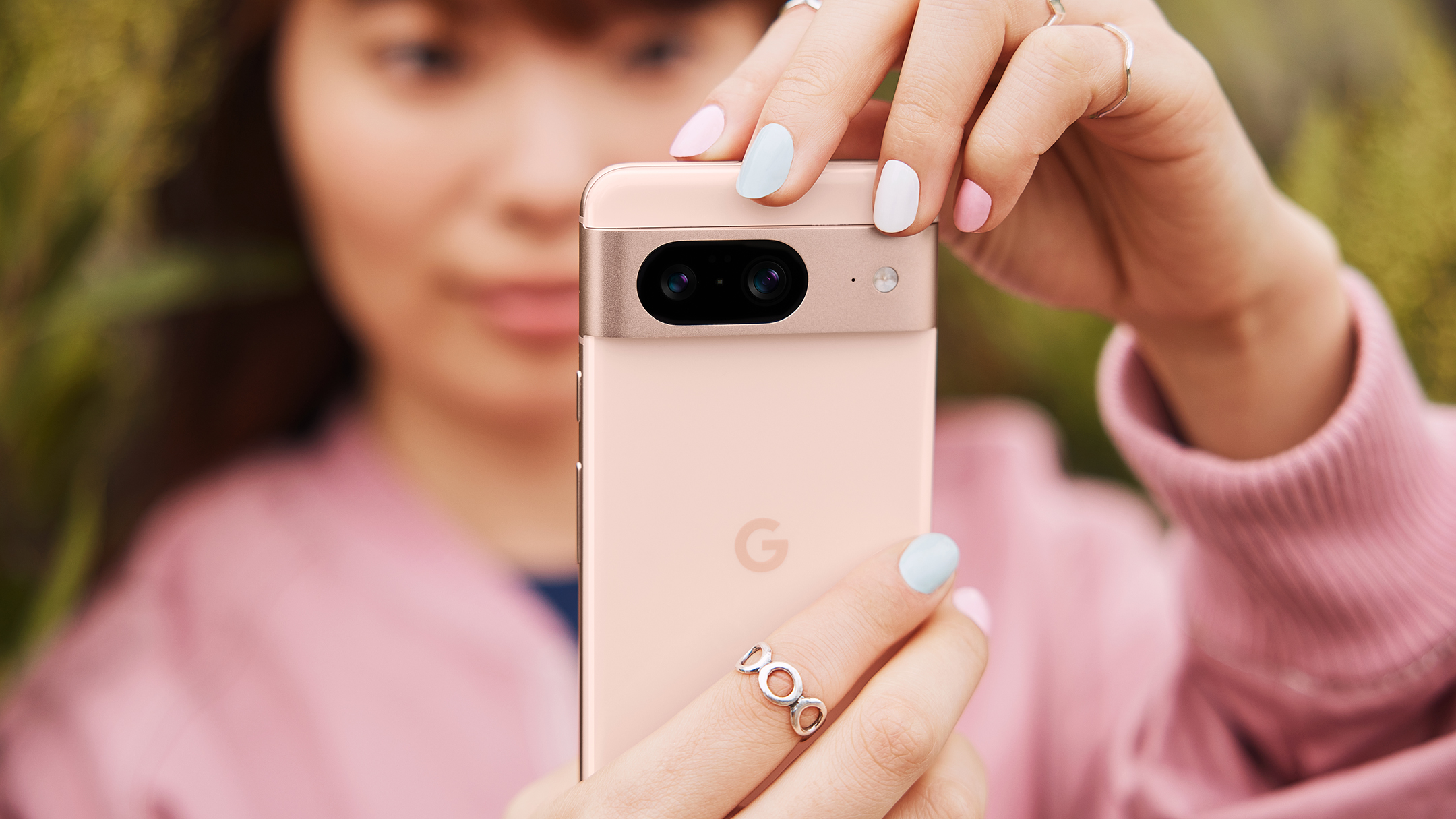
There are camera improvements across the board, with both Pixel 8 and Pixel 8 Pro taking on a new 50-megapixel main sensor with brighter f/1.68 aperture. The Pro, however, ups the resolution of its ultra-wide (now 48MP at f/1.95) and its 5x telephoto zoom (now 48MP with an impressive f/2.8 aperture). These are arranged in the classic 'camera bar' design on the back of each handset, which is one of my favourite design features.
Get all the latest news, reviews, deals and buying guides on gorgeous tech, home and active products from the T3 experts
The new Object Temperature feature, which is effectively an infrared thermometer best as I can understand, is able to identify temperatures of objects – so use that as you will, whether to check your tea temperature or anything else that comes to mind! It's only available on the Pixel 8 Pro though, the base Pixel 8 doesn't get this feature.
Both Pixel 8 handsets also up their sustainability credentials, while coming in a new set of colours too: the Pixel 8 is available in Obsidian, Hazel, Rose and priced at $/£699; while the Pixel 8 Pro is available in Obsidian, Porcelain, Bay Blue and priced at $/£999 – no Lemongrass or Snow for this generation! The price jump is fairly significant, but I still think the Pixel 8 Pro will be one of the best smartphones in 2023-24 nonetheless.

Mike is T3's Tech Editor. He's been writing about consumer technology for 15 years and his beat covers phones – of which he's seen hundreds of handsets over the years – laptops, gaming, TV & audio, and more. There's little consumer tech he's not had a hand at trying, and with extensive commissioning and editing experience, he knows the industry inside out. As the former Reviews Editor at Pocket-lint for 10 years where he furthered his knowledge and expertise, whilst writing about literally thousands of products, he's also provided work for publications such as Wired, The Guardian, Metro, and more.
